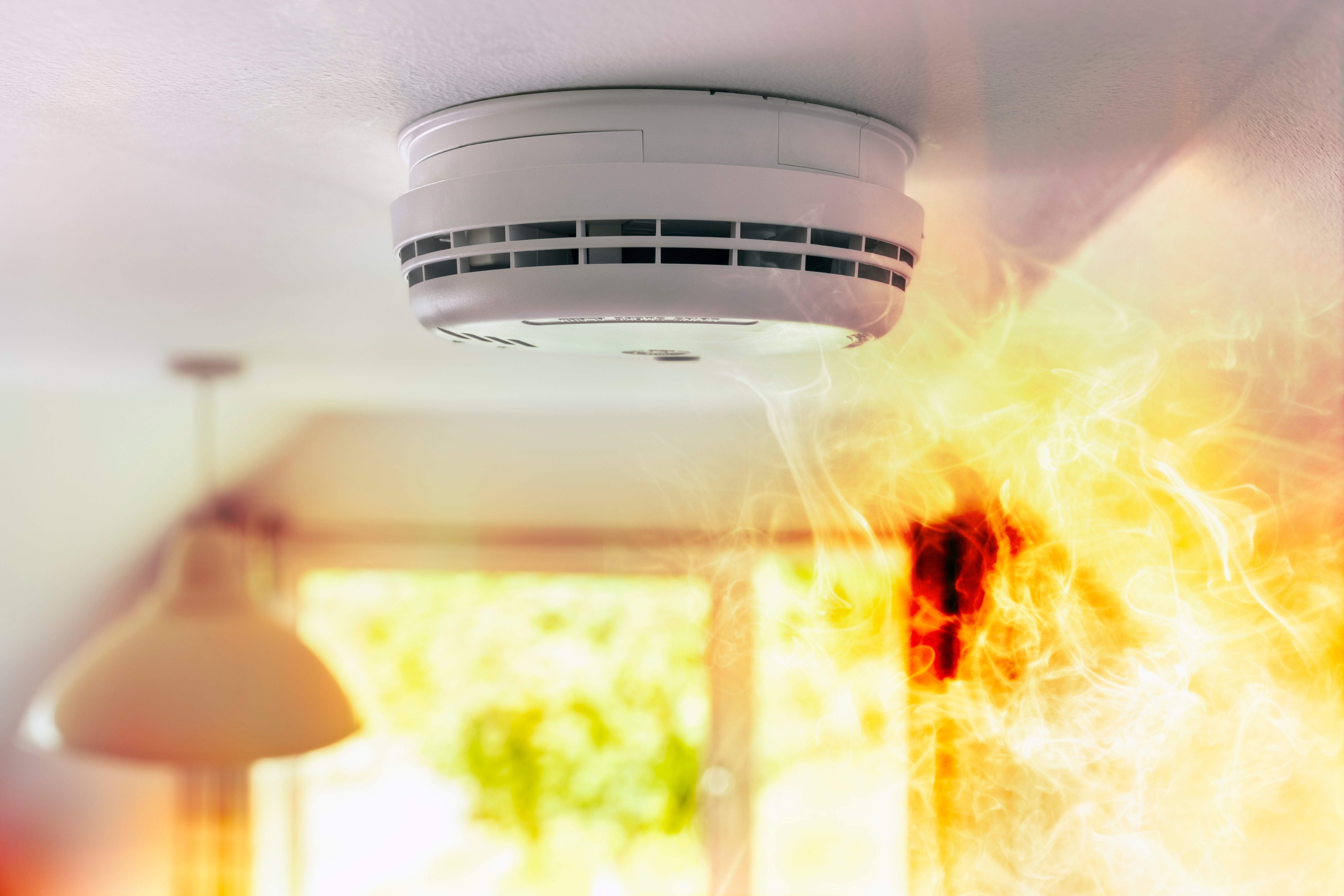Fire alarms save thousands of lives each year and are crucial for safety. They not only detect fires but also provide early warnings, allowing everyone to evacuate safely. However, fire alarms can be confusing at first since they have many functions. This guide will cover everything you need to know about the basics of fire alarms.
Fire Alarm Control Panel
First, you have to understand the Fire Alarm Control Panel. The panel is the main hub of the fire alarm system and monitors the inputs. It can help show various conditions, including trouble, supervisory, and alarm.
The FACP is referred to as the brain of the fire alarm system. It receives signals from various detection devices, processes them, and then initiates the appropriate response. This can include activating alarms, notifying emergency responders, and controlling building systems such as elevators and ventilation.
Here is a look into the conditions you may come across.
Trouble
When the system signals a trouble condition, it means something is wrong with the fire alarm. For example, the fire alarm wires are disconnected, there is a power failure, or there is an issue with the circuit. The trouble condition indicates that the system requires attention.
Supervisory
If the system has an internal issue, you may see a supervisory condition. This means something is wrong with the item monitored by the fire alarm control panel, such as a valve that controls water flow to the sprinkler system. The supervisory condition is a warning that something needs to be checked.
Alarm
The most common condition you will see is Alarm. This simply means your fire alarm is alerting you of a life-threatening issue. Whether detecting heavy smoke or a fire, it’s telling you to evacuate the building as soon as possible.
Different Types of Fire Alarms
Now that you understand the panel, it’s time to discuss the different types of Fire Alarms.
Smoke Alarms
The most common type of fire alarm is a smoke detector, which alerts you if smoke is detected, a sign of potential fire. These alarms often activate in the kitchen if something burns in the oven or toaster. Here is a look into the two different kinds.
Ionization Smoke Alarms
These detectors are very sensitive to small particles produced by fast-burning fires. They contain a small amount of radioactive material that ionizes the air inside the smoke chamber. When smoke enters the chamber, it disrupts the ion flow, triggering the alarm.
Photoelectric Smoke Alarms
These detectors use a light beam within the sensing chamber. When smoke enters the chamber, it scatters the light onto a sensor, triggering the alarm. These alarms can help detect slow, smoldering fires.
Carbon Monoxide Detectors
Carbon Monoxide detectors are so important. They can help identify if there is any presence of carbon monoxide, which is a lethal, colorless, and odorless gas produced by combustion.
Multi-Sensor Detectors
One of the most popular choices is the multi-sensor detector. This alarm can detect smoke, heat, and carbon monoxide, alerting you to any of these events.
Get Fire Alarms Installed With Secure Lock & Alarm in Beverly, MA
Now that you understand the basics of fire alarms, you can feel confident the next time the alarm is triggered. Whether you’re considering upgrading your current smoke alarm or installing a brand-new one, we are here to assist you. Our team is ready to discuss all your options, ensuring you feel safe and prepared for any emergency. Give us a call at 978-927-6400 for more information and how to get started in Beverly and the surrounding MA areas.


Recent Comments